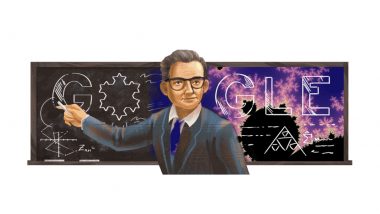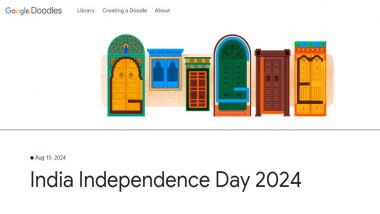Google has honoured Polish-born, French and American mathematician Benoit Mandelbrot, with a Google doodle on his birthday. He was ideally known as the "father of fractal geometry". Mandelbrot's research was instrumental in introducing the world to the concept of fractals–irregular yet infinitely repeating mathematical shapes found throughout nature and our everyday lives. He was born November 20, 1924, in Warsaw, Poland and received a non-standard education as a child. 7 Interesting Facts About Srinivasa Ramanujan, the Great Indian Mathematician.
Fractals can be described as geometric shapes built on patterns, or rules, that infinitely repeat as you zoom in on the finer details. He also made a considerable contribution to computer science through the effort to digitally recreate fractals, many fractals like the “Mandelbrot set” serve as a showcase of how mathematics can be a thing of beauty. At a young age, he was a local chess champion and was exposed to mathematics and geometry in everyday life. In 1936 the family emigrated to France, and Mandelbrot continued his education in both Paris and the United States and received a doctorate in 1952.
In 1958 Mandelbrot began working at the Watson Research Center at IBM in New York. His interest in peculiar repetitions in signal noise formed the background for his further studies. He used a basic computerised typewriter to develop an algorithm that modelled landforms found in nature. In 1975, he coined the now-famous term “fractal geometry” to describe these mathematical phenomena. His book “The Fractal Geometry of Nature” in 1982 changed the field of applied mathematics. Mandelbrot received countless awards for his work, including the Wolf Foundation Prize for Physics in 1993. People believe his curiosity helped to expand the way we see the world around us.
(The above story first appeared on LatestLY on Nov 20, 2020 12:55 PM IST. For more news and updates on politics, world, sports, entertainment and lifestyle, log on to our website latestly.com).













 Quickly
Quickly





















